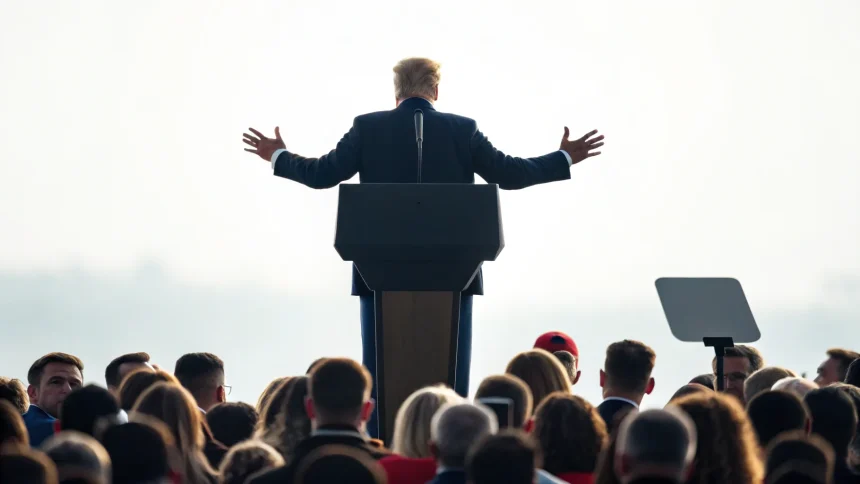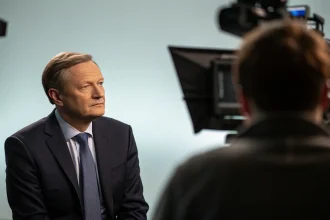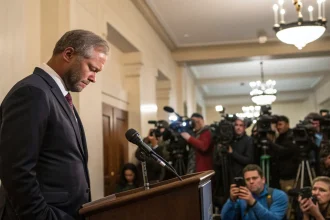A pattern of deflection has emerged as a key strategy in the president’s political playbook, with critics pointing to this approach as a means to sidestep accountability for problematic policies.
Political analysts have observed this recurring tactic throughout the administration, noting how it allows the president to redirect attention away from policy shortcomings. Rather than addressing criticism directly, the president consistently shifts focus to other issues, creating distance from decisions that have faced significant pushback.
The Mechanics of Avoidance
The president’s deflection strategy operates through several common techniques. When faced with questions about controversial policies, responses typically include:
- Redirecting conversations to unrelated achievements
- Attributing problems to previous administrations
- Challenging the credibility of critics
“This approach has become a defining characteristic of how this administration handles criticism,” notes one political communications expert. “Instead of engaging with the substance of policy concerns, we see a consistent pattern of changing the subject.”
The tactic appears particularly prevalent when discussing policies that have failed to deliver promised results or have generated significant public opposition. By avoiding direct engagement with these issues, the administration attempts to minimize political damage while maintaining its agenda.
Impact on Governance
The implications of this avoidance strategy extend beyond political messaging. Policy experts suggest that the unwillingness to acknowledge flaws in existing approaches prevents necessary adjustments and improvements.
“When leadership refuses to recognize when policies aren’t working, it becomes impossible to fix them,” explains a government affairs specialist. “This creates a cycle where problematic approaches continue despite evidence they should be reformed.”
Congressional representatives from both parties have expressed frustration with this pattern, noting that it complicates legislative efforts to address national challenges. The deflection tactics make it difficult to establish the common understanding necessary for bipartisan solutions.
Historical Context
While deflection is not unique to the current administration, observers note that the frequency and consistency of its use have reached unprecedented levels. Previous presidents typically employed similar tactics selectively, rather than as a primary response strategy.
Political historians point out that administrations that consistently avoid policy accountability often face declining public trust over time. Polling data suggests this pattern may be emerging, with recent surveys showing decreasing confidence in the administration’s policy explanations.
“The public eventually recognizes when their questions aren’t being answered,” says a veteran political analyst. “At some point, the strategy stops working and can actually amplify the perception that policies are failing.”
As pressure mounts on several key policy fronts, the administration faces growing calls for direct engagement with criticism rather than continued deflection. Whether this will prompt a shift in communication strategy remains to be seen as the president navigates multiple challenges requiring substantive responses.









